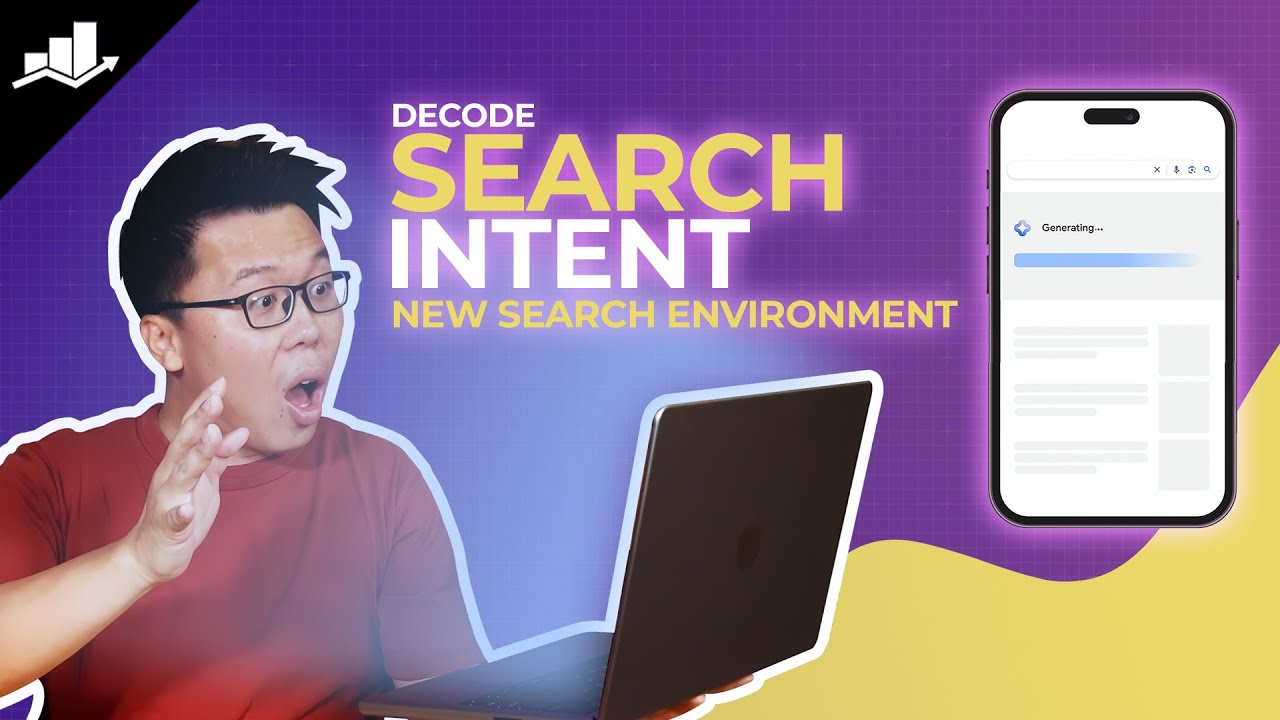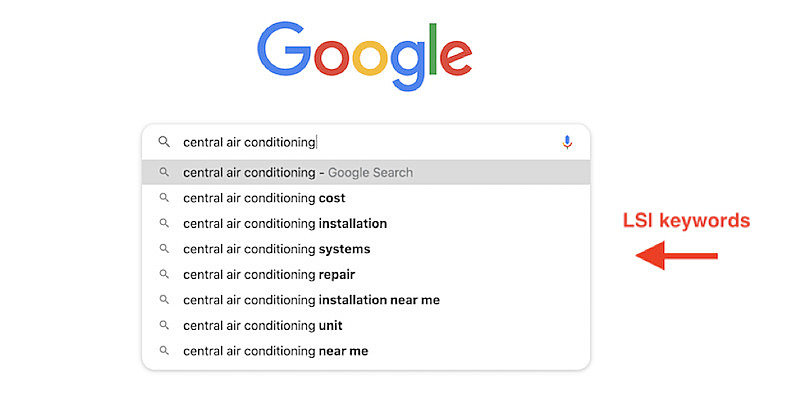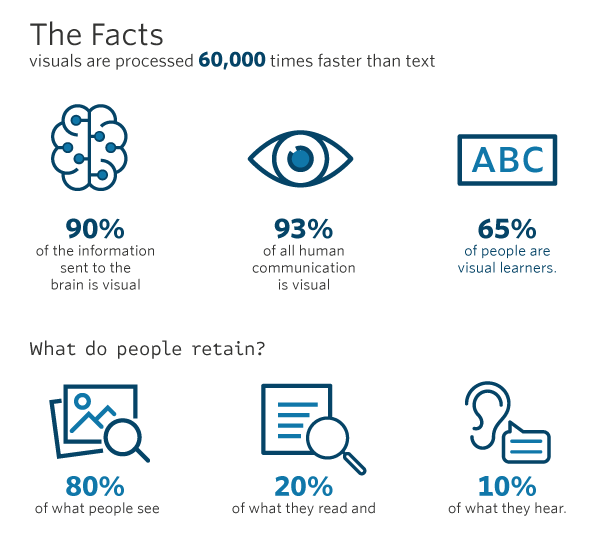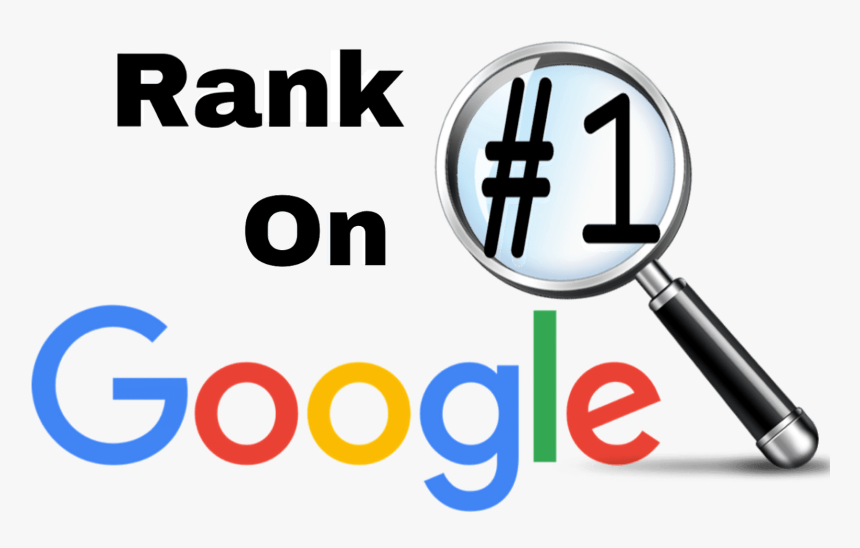In today's fiercely competitive digital landscape, securing a spot on the first page of Google search results is paramount for driving organic traffic and establishing a strong online presence. However, accomplishing multiple page 1 Google rankingsrequires a comprehensive and strategic approach to search engine optimization(SEO). Let's look at the step-by-step strategies that will elevate your website's visibility and propel it to the top of Google's search results.
Enhance Your On-Site SEO
On-Site SEOforms the foundation of your ranking strategy. Begin by conducting thorough keyword researchto identify the most relevant and high-performing keywords related to your contentand target audience. For example, if you run an e-commerce website selling fitness equipment, relevant keywords might include "best home gym equipment," "fitness gear online," and "affordable workout machines."
Integrate these keywords naturally into your meta tags, titles, and descriptionsto optimize your content for search engines and increase click-through rates. For instance, if your target keyword is "best home gym equipment," your meta description could read, "Discover the top-rated home gym equipment for your fitness journey."
Crafting high-quality and valuable content that fulfills user intentis crucial for gaining search enginefavor and prolonging on-page dwell time. Focus on providing in-depth and well-researched content that addresses the needs and pain points of your target audience. Furthermore, employing proper header tags(H1, H2, etc.) organizes your content logically, enhances user experience, and enables search engines to comprehend your content better.
Embrace LSI Keywords To Your Page
LSI (Latent Semantic Indexing) Keywords play a pivotal role in bolstering your search rankings. These contextually related terms assist search engines in understanding the subject matter of your content more effectively. For example, if your main keyword is "healthy recipes," LSI keywords might include "nutritious meal ideas," "cooking for a balanced diet," and "wholesome food options."
Identify and incorporate LSI keywords seamlessly into your content to enhance its relevance and depth, providing users with valuable insights and making it more appealing to search engines. By naturally integrating these related terms, you not only boost your search visibility but also create a comprehensive resource that satisfies various user queries.
Monitor Your Technical SEO
Technical SEOserves as another critical aspect that influences your website's search engine performance. Regularly conduct comprehensive site audits to identify and rectify technical issues such as broken links, duplicate content, and crawl errors. Utilize Google Search Consoleand other SEOtools to identify areas for improvement.
Optimizing your page load time is vital for delivering an optimal user experience, as faster-loading pages encourage users to engage with your content and reduce bounce rates. Implement techniques like image compression, browser caching, and content delivery networks (CDNs)to improve website speed. Websites with faster loading times tend to rank higher in search results, as Google prioritizes user experience.
Leveraging structured data markup(schema markup) provides additional information to search engines, improving your search results' appearance and increasing your chances of capturing user attention. For instance, implementing schema markup for recipes can result in rich snippets with star ratings and cooking times, making your content stand out in search results and increasing the likelihood of clicks.
Match Your Content To Search Intent

Decode Your Visitors’ Search Intent - How to Boost Your Revenue?
Understanding user search intentis paramount for attaining top rankings on Google. Analyze search queriesrelated to your target keywords and categorize them into informational, navigational, and transactional intent.
For informational intent, users seek answers and information on a specific topic. Your content should aim to provide comprehensive and well-researched guides, tutorials, or educational articles that satisfy these queries. For example, if the search query is "how todo a proper push-up," your content should include step-by-step instructions, illustrations, and common mistakes to avoid.
Navigational intent indicates that users are looking for a specific website or brand. If your website offers a well-known service or product, ensure that your homepage and important pages are optimized for navigational queries. For instance, if users search for your brand name, your homepage should be among the top search results.
Transactional intent signifies that users are ready to make a purchase or engage in a specific action. For e-commerce websites, transactional content should include product descriptions, pricing, and clear calls-to-action for users to make a purchase. Providing clear and concise information to assist users in making purchase decisions enhances your chances of ranking higher for transactional keywords.
Tailor your content to provide precise answers and solutions that align with these different intents, positioning your content as the most relevant and authoritative source, thus boosting its visibility on search engine results pages.
Reduce Your Bounce Rate
A high bounce rate can adversely affect your rankings. Enhancing your page loading speed is critical to reduce bounce rates, as users are more likely to engage with content that loads quickly. Implement techniques such as lazy loadingfor images, minificationof CSS and JavaScript files, and leveraging content delivery networks (CDNs)to distribute content closer to users.
Improving content readabilitythrough clear formatting, short paragraphs, bullet points, and subheadings makes it easier for users to skim and digest your content. Consider incorporating eye-catching visuals, such as infographicsand videos, to break up long blocks of text and keep users engaged. Additionally, optimize your website for mobile devices to ensure a seamless and user-friendly experience, further reducing bounce rates and ultimately improving your search engine rankings.

The best way to reduce bounce rate
Find Even Keywords To Target
Expanding your keyword research beyond primary keywords is essential for attracting a wider audience. Discover long-tail keywordsand additional variations of your target keywords to capture a broader range of search queries. Organize related keywords into clusters to create content themes that address multiple search queries within the same topic.
For instance, if your main keyword is "digital marketing strategies," long-tail keywords could include "social media marketingtactics," "SEO techniques for small businesses," and "content marketing trends." By creating content that addresses gaps in existing content, you can position yourself as an authoritative source in your niche and attract more organic traffic.
Publish Insanely High-Quality Content
Content quality serves as the backbone of successful SEO strategies. Conduct thorough research and back up your content with reliable data, statistics, and authoritative sources to establish credibility and trustworthiness. Provide unique insights and fresh perspectives that differentiate your content from competitors.
Utilize multimedia elements such as images, videos, infographics, and interactive content to engage users and encourage social sharing, thereby enhancing your content's visibility and reach. For example, consider creating visually appealing infographics that summarize complex information, making it easy for users to understand and share the content on their social mediaplatforms.
Furthermore, focus on long-form content that comprehensively covers a topic. Studies have shown that longer content tends to rank higher in search results and attracts more backlinks, leading to improved search engine rankings.
Build Backlinks To Your Site
A robust backlink profile is a testament to your website's authority and relevance. Develop link-worthy content that naturally attracts backlinks from reputable sources within your industry. Engage in outreach efforts to collaborate with other website owners, bloggers, and influencersto promote your content and acquire valuable backlinks to your site.
For instance, if you have published a comprehensive guide on digital marketing strategies, reach out to other digital marketing experts or agencies and request them to link to your content when discussing similar topics.
A diverse and high-quality backlink portfolio contributes significantly to improving your search engine rankings. However, remember that quality outweighs quantity in the world of backlinks. Focus on acquiring links from authoritative and relevant websites, as spammy or low-quality backlinks can have adverse effects on your SEO efforts.
Track And Monitor Your Results
Leverage analytics tools such as Google Analyticsand Google Search Consoleto track user behavior, traffic patterns, and keyword performance. Regularly analyze the data to gain valuable insights into the effectiveness of your SEO efforts.
Use these insights to make informed decisions and continuously optimize your content and strategies, adapting to changing trends and user preferences. Monitor your website's traffic, click-through rates, and conversion rates to identify areas for improvement and capitalize on successful strategies.
For example, if you notice that a specific blog post receives a significant amount of organic traffic, consider creating more content on related topics to capitalize on its success. On the other hand, if certain pages have a high bounce rate, analyze the content and user experience to identify potential improvements.
Include Meaningful Visuals
Visuals play a significant role in capturing users' attention and enhancing engagement. Incorporate relevant images and graphics that complement your content and provide additional context to users. Optimize image attributes, such as descriptive alt text and file names, to make them search-engine-friendly and improve accessibility.
For example, if you are writing an article about healthy recipes, include high-quality images of the prepared dishes to entice readers and make them visualize the final product. Additionally, consider creating step-by-step recipe infographics that showcase the cooking process in a visually appealing manner.
Consider incorporating other visual content formats, such as infographics and videos, to further enhance user experience and shareability, ultimately increasing the visibility of your content.
Make Your Information Skimmable
In today's fast-paced world, users tend to skim through content to find the information they need quickly. Utilize formatting techniques such as headings, subheadings, bullet points, and lists to make your content easy to skim and digest.
Highlight key points using bold or italics to draw attention to essential information. Organize your content logically to guide users through the flow of information effortlessly, promoting user engagement and satisfaction.
For example, if you are writing a guide on digital marketing strategies, break down the content into sections with descriptive subheadings. Use bullet points to summarize key tips and best practices, making it easier for readers to grasp the essential concepts at a glance.
Bonus Tips To Maximize Your SEO Strategy
Unlock additional tactics to supercharge your SEO efforts and achieve multiple page 1 Google rankings with these bonus tips.
Boost Your Click-Through-Rate
Craft compelling meta descriptionsthat accurately represent your content and entice users to click on your links. Optimize your page titles with action-oriented and attention-grabbing phrases to increase the chances of attracting clicks from search results.
A higher click-through rate signals to search engines that your content is relevant and engaging, potentially improving your search rankings. For example, if you are promoting a blog post about time-saving productivity hacks, your meta description could read, "Discover 10 productivity hacks to boost your efficiency and save time."
Use Internal Linking
Create a well-structured internal linking system that guides users to relevant and related content within your website. Utilize anchor text effectively to provide context and improve the user experience when navigating your site.
Internal linking enhances website navigation, encourages users to explore more pages on your site, and contributes to improved search engine rankings. For example, if you are writing a blog post on social media marketing, include internal links to related blog posts on content marketingand SEO strategies.
People Also Ask
How Often Does Google Reindex Pages?
Google does not follow a fixed interval for reindexing pages. Instead, it periodically revisits indexed pages to refresh the index. The frequency of reindexing varies from page to page, and Google tries to prioritize the reindexing based on the relevance and importance of the content.
Does Google Index Every Page?
No, Google does not guarantee indexing for every page it processes. Whether a page gets indexed depends on the content and metadata it contains. Pages with low-quality content or issues in their metadata may not be indexed by Google.
How Many Pages Can Google Index?
The Google index consists of hundreds of billions of web pages, amounting to over 100 million gigabytes of memory. There is no specific limit on how many pages from a website can be indexed by Google. While some pages may have higher priority in the indexing queue, in general, pages do not have to compete for indexing.
Conclusion
In conclusion, achieving multiple page 1 Google rankings demands a comprehensive and strategic approach to SEO. To improve your website's search engine ranking, focus on relevant keywords, technical details, and backlinks. Post top-quality content, monitor your progress, and add extra tactics to attract more online traffic. Implementing these tactics with creativity and consistency will empower your website to thrive in the competitive digital landscape.



